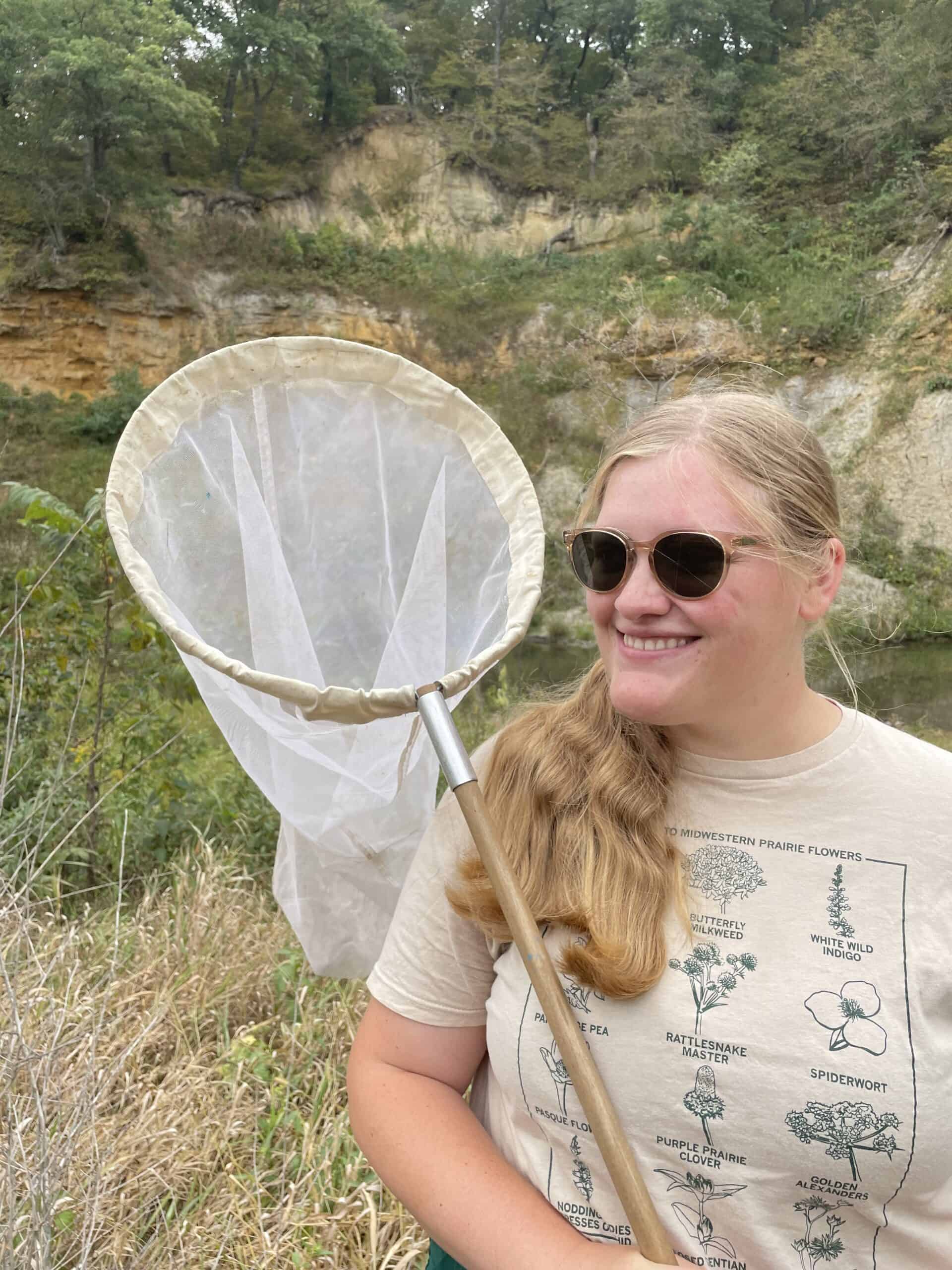Share this article
USFWS releases revised policies for mitigating natural resource damage
New policies will guide the agency, partners and project proponents in employing mitigation practices
The U.S. Fish and Wildlife Service has released a pair of related policies that will guide the agency’s approach to mitigating damage to natural resources. Both—the Mitigation Policy and the Endangered Species Act Compensatory Mitigation Policy—went into effect May 15.
The Mitigation Policy, which applies to all instances in which the USFWS can seek mitigation for damages, is intended to “successfully and strategically offset impacts to fish and wildlife and help maintain healthy ecosystems.” It establishes a framework of mitigation principles, and it sets a goal of no net loss of resources and their values, services and functions resulting from proposed actions.
That’s a lower threshold than a previous goal that sought a conservation gain.
The ESA Compensatory Mitigation Policy is more action oriented. It provides guidance under the ESA, including compensatory mitigations like conservation banking. USFWS officials say the policy will provide greater clarity, improve consistency and “promote the use of compensatory mitigation at a landscape scale to help achieve the purposes of the ESA.”
These are not the first iterations of these policies. The Mitigation Policy was first published in 1981. The ESA Compensatory Mitigation Policy, first developed in 2016, combined two existing policies from the early 2000s. In late 2016, the USFWS released a revised mitigation policy and a new ESA mitigation policy, but it withdrew both two years later, citing critical public comments and concerns about the legal and policy implications of a mitigation planning goal focused on net conservation gain. The policies released last week incorporated multiple rounds of public comment on the 2016 policies.
In a notable change, the new revisions no longer contain the 2016 goal of yielding a conservation gain. That ambitious goal garnered support from conservation and environmental groups, but criticism from industry. The new policies instead call for no net loss of affected resources and stress that the “mitigation recommendations and requirements should focus on important, scarce or sensitive resources and be consistent with applicable statutory authorities and the responsibilities of action proponents,” according to the Federal Register notice.
In 2018, The Wildlife Society, along with over 30 other organizations—including professional societies and groups representing hunters and anglers, conservationists, the outdoor industry and landowners—wrote a letter to the Interior Department encouraging the development of mitigation policy that would apply high and consistent standards across all the agency’s authorities, including implementation of the Endangered Species Act, Migratory Bird Treaty Act, Fish and Wildlife Coordination Act and the Water Resource Development Act.
Read TWS’ Position Statements on the Use of Science in Policy and Management Decisions and Incorporating Wildlife Needs in Land Management Plans.
Header Image: The U.S. Fish and Wildlife has released two new policies regarding mitigation for natural resource damage. Credit: BLM Oregon and Washington








